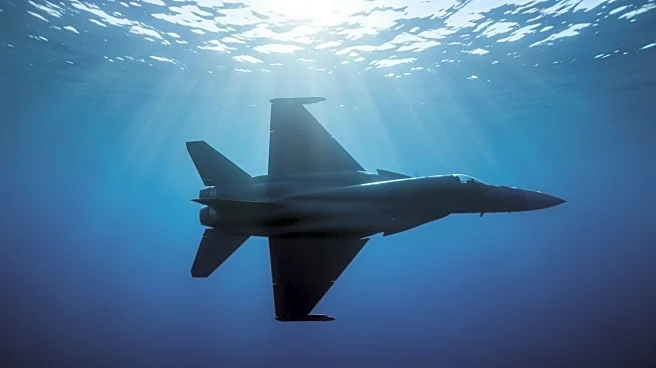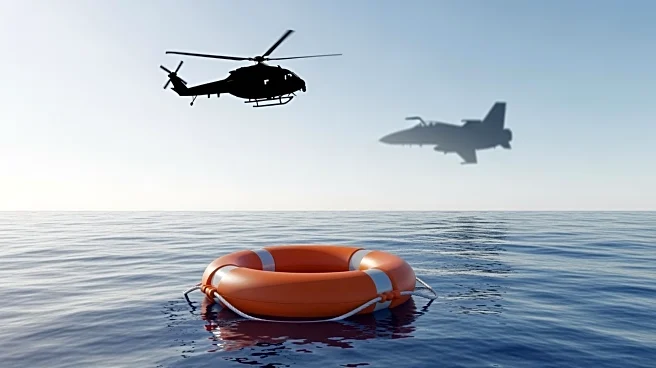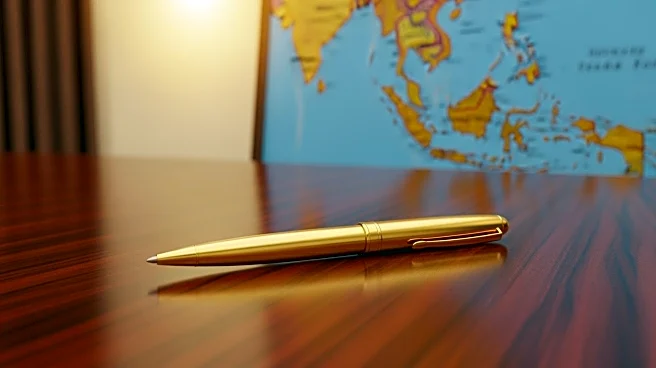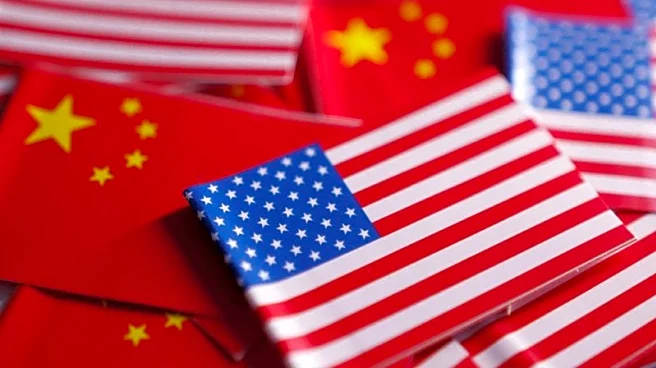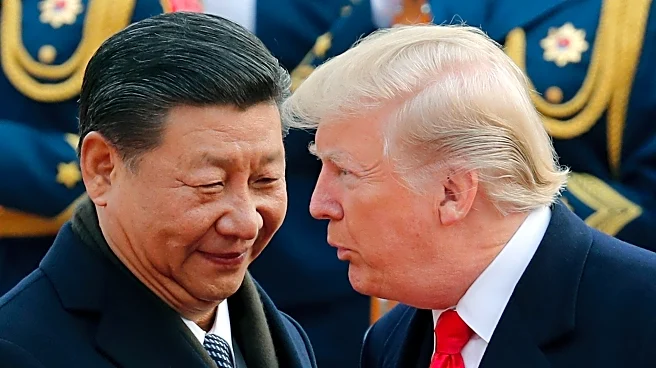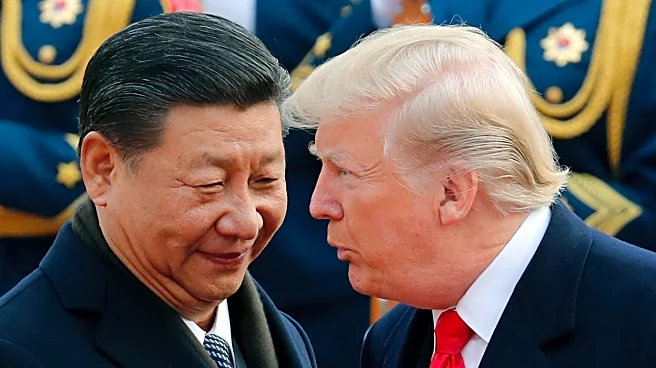What's Happening?
Two U.S. Navy aircraft, an MH-60R Seahawk helicopter and an F/A-18F Super Hornet fighter jet, crashed in the South China Sea on Sunday during routine operations from the USS Nimitz. All crew members were
safely recovered. President Trump, who was arriving in Malaysia as part of an Asia tour, commented that 'bad fuel' might be the reason for the crashes, although the official cause is still under investigation. The South China Sea is a region of strategic importance due to its rich resources and contested territorial claims.
Why It's Important?
The South China Sea is a vital shipping lane and a point of geopolitical tension, with multiple countries, including China, having overlapping territorial claims. The U.S. maintains a military presence in the area to support freedom of navigation and to counter China's maritime claims. The crashes could impact U.S. military operations and diplomatic relations in the region. President Trump's remarks suggest a focus on operational safety and readiness, which are crucial for maintaining stability in this contested area.
What's Next?
The investigation into the crashes will continue, with findings potentially affecting future military operations and safety protocols. President Trump's upcoming meeting with Chinese leader Xi Jinping may address security issues in the South China Sea, alongside trade discussions. The outcome of these talks could influence U.S.-China relations and regional stability.
Beyond the Headlines
The incident underscores the ongoing military tensions in the South China Sea, where close encounters between U.S. and Chinese forces are not uncommon. These tensions highlight the risks of accidental conflict and the importance of diplomatic engagement to manage disputes. The U.S. Navy's operations in the region are part of a broader strategy to uphold international law and support allies in the Asia-Pacific.


